ATM Safety: 7 Tips for Secure Credit Card Transactions
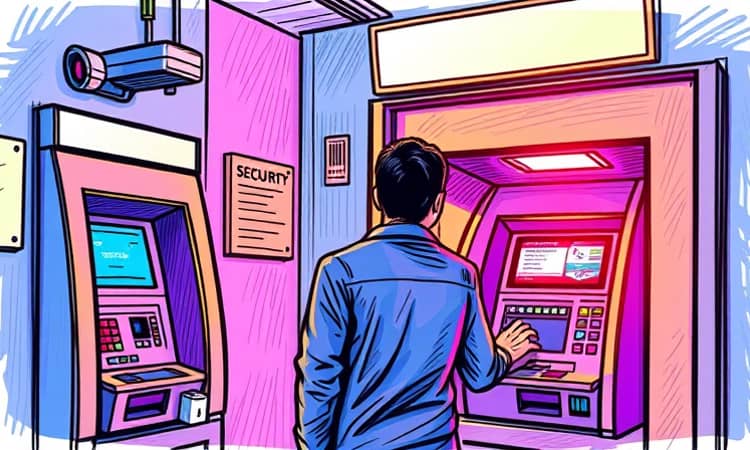
As we increasingly rely on debit and credit cards for our daily transactions, the risk of theft and fraud at ATMs becomes more significant. It's crucial to take proactive measures to ensure our financial information remains secure. In this blog post, we’ll outline seven essential tips for safe ATM usage and secure credit card transactions.
Each of these tips emphasizes not just the importance of caution but also the proactive steps you can take when conducting ATM transactions. By implementing these practices, you can increase your safety and reduce the likelihood of encountering issues.
From choosing the right ATM to monitoring your account regularly, these strategies will help you navigate the world of electronic transactions safely and confidently.
1. Choose the Right ATM

Selecting the appropriate ATM is one of the first steps you can take toward ensuring your safety while withdrawing cash or managing your accounts. It’s essential to be discerning about where you choose to conduct your transactions, as not all ATMs are equally safe.
- Opt for ATMs that are located in well-lit, busy areas.
- Use ATMs located within bank branches whenever possible, as they often have surveillance cameras and security personnel.
- Avoid using standalone ATMs in isolated locations, especially at night.
By choosing the right ATM, you can significantly reduce the risk of encountering issues while accessing your funds. Exercising this discretion goes a long way in maintaining your safety.
2. Be Aware of Your Surroundings

Being aware of your environment when using an ATM is crucial for your safety. It’s important to assess who’s around you and whether anyone is acting suspiciously or attempting to get a closer look at your transaction.
Stay alert and trust your instincts—if something feels off about your surroundings, it’s best to leave the ATM and try another location.
- Look for signs of suspicious behavior, such as someone loitering nearby or trying to distract you.
- Be cautious of people who seem overly interested in your transaction or are positioned too close to you.
Remaining vigilant and aware will help you stay one step ahead of potential threats while conducting your transactions.
3. Protect Your PIN
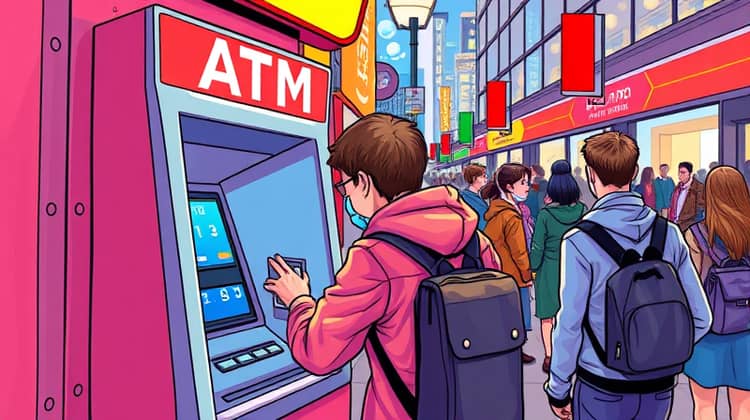
Your Personal Identification Number (PIN) is critical for securing your ATM and credit card transactions. Unfortunately, this sensitive information can also become a target for thieves.
It’s vital to be discreet and protective of your PIN to prevent unauthorized access to your accounts.
- Use your hand or body to shield the keypad when entering your PIN.
- Avoid sharing your PIN with anyone, even family members, as this compromises your security.
- Change your PIN regularly to enhance your protection against unauthorized access.
Taking these precautions when entering your PIN can significantly diminish the risk of theft and ensure your financial safety during transactions.
4. Avoid ATMs with Skimmers
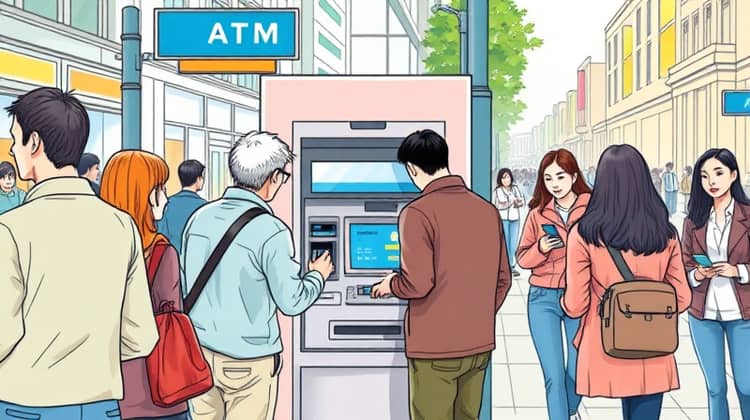
Skimming devices can be discreetly attached to ATMs by thieves to capture your card information. These devices can be hard to detect but being cautious can save you from fraud.
Before using an ATM, take a moment to inspect it for any unusual attachments or features.
- Check for loose components on the card reader or keypad.
- Look for cameras positioned inappropriately to capture your PIN entry.
By taking a few moments to inspect the ATM, you can protect yourself from potential fraud using skimming devices.
5. Secure Your Cash and Card

After completing your transaction, ensure that you promptly secure your cash and card. This simple act can save you from becoming a target of theft or robbery.
Count your money only after you have left the ATM area and in a more secure environment.
Moreover, do not display large amounts of cash in public as it can attract unwanted attention.
6. Use Technology for Added Security
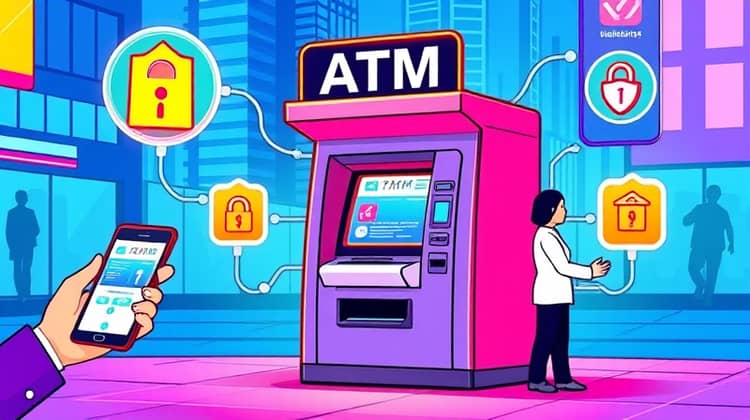
In this digital age, leveraging technology can significantly bolster your financial security at ATMs. Taking advantage of tech-savvy solutions can provide an extra layer of protection for your card transactions.
Consider using features such as mobile bank alerts that can notify you of any suspicious transactions or unapproved charges.
- Enable two-factor authentication on your bank account for added security.
- Use mobile banking apps to monitor your transactions in real-time.
- Consider utilizing virtual wallets or contactless payments that may offer additional security features.
Adopting technology as a protective measure can give you peace of mind, knowing that you’re taking steps to safeguard your finances.
7. Monitor Your Accounts

Regularly checking your bank statements and transaction histories is vital for detecting unauthorized activities or suspicious charges. Keeping an eye on your accounts can help you spot fraud early on.
Report any discrepancies to your bank immediately to mitigate potential damage before it escalates.
Conclusion
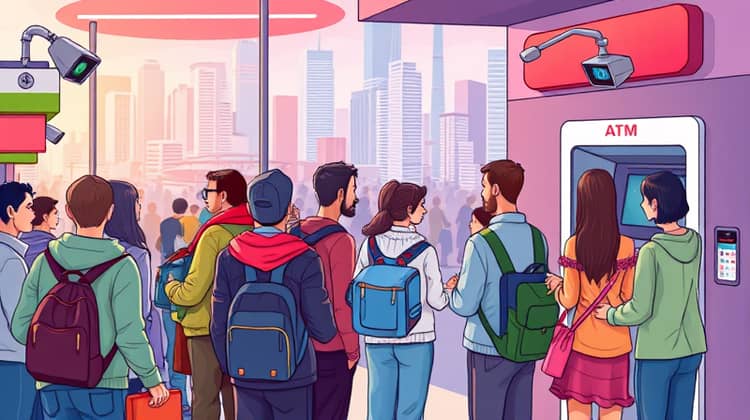
Maintaining ATM safety is paramount in today’s society where card fraud is prevalent. By applying these seven tips, you can reduce your risk of falling victim to theft and secure your financial transactions.
From being aware of your surroundings to using technology for enhanced security, every step counts toward safeguarding your financial well-being.
Ultimately, staying informed and cautious will ensure that your ATM transactions remain safe and secure.






